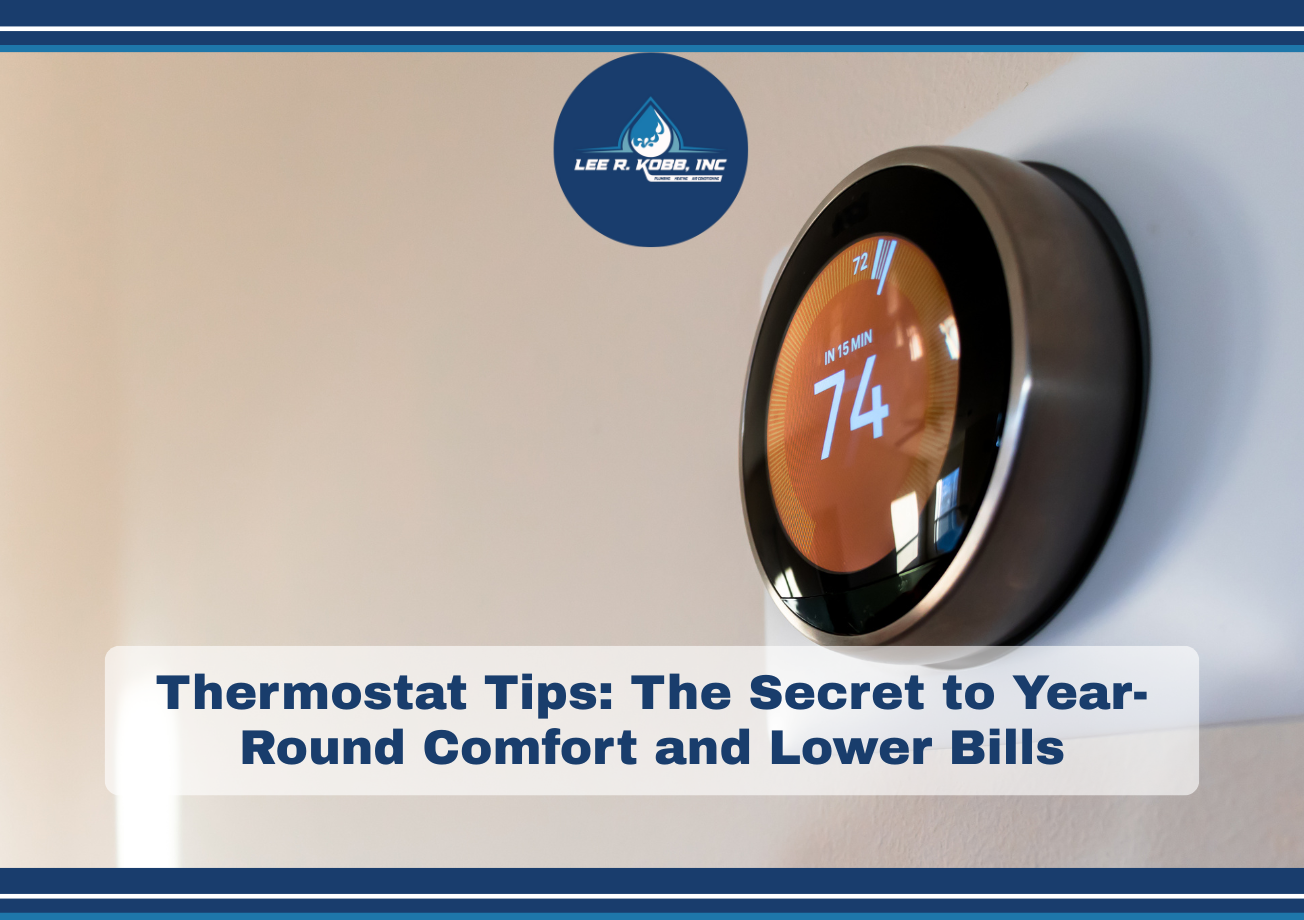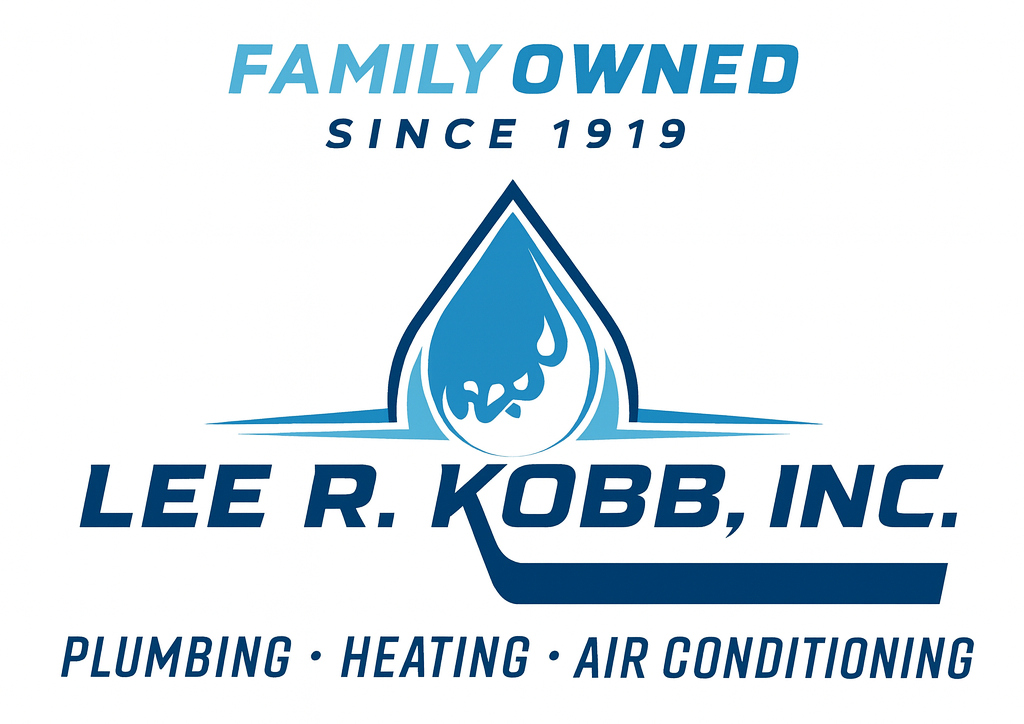
Your thermostat might be the smallest component of your HVAC system, but it wields enormous power over your home’s comfort and energy costs. Many homeowners unknowingly waste hundreds of dollars annually through inefficient thermostat usage, while others struggle with inconsistent temperatures that leave them constantly adjusting settings. The good news is that mastering your thermostat’s capabilities can dramatically improve both your comfort and your monthly utility bills.
Understanding how to optimize your thermostat settings isn’t just about finding the “right” temperature. It involves strategic programming, smart usage habits, and knowing when to upgrade to more advanced technology. Whether you’re dealing with New Jersey’s humid summers or frigid winters, these expert tips will help you achieve consistent comfort while keeping your energy costs under control.
Understanding Optimal Temperature Settings
Summer Cooling Strategies
During New Jersey’s hot, humid summers, resist the temptation to set your thermostat extremely low. The Department of Energy recommends 78°F when you’re home and awake. This might seem high initially, but your body will adjust within a few days, and the energy savings are substantial. Each degree lower than 78°F can increase your cooling costs by 6-8%.
When you’re away from home, raise the temperature to 85°F or higher. Contrary to common belief, your system won’t work harder to cool the house back down—it will use less energy overall. The key is maintaining reasonable temperature differences to avoid overworking your system.
Winter Heating Optimization
For the heating season, set your thermostat to 68°F during waking hours when you’re home. This temperature provides comfortable warmth without excessive energy consumption. When sleeping or away from home, lower the temperature by 7-10 degrees. Your body naturally runs cooler during sleep, making this reduction barely noticeable while providing significant savings.
Avoid the common mistake of cranking up the heat when you feel cold. Your heating system doesn’t work faster at higher settings—it just runs longer and uses more energy to reach the higher temperature.
Programming for Maximum Efficiency
Creating Effective Schedules
Programmable thermostats offer tremendous energy-saving potential when used correctly. Create schedules that align with your family’s routine. A typical efficient schedule might include lower temperatures during work/school hours, comfortable settings when family members are home and active, and reduced temperatures during sleeping hours.
Set your thermostat to begin adjusting temperatures 30 minutes before you typically arrive home or wake up. This ensures comfort when you need it without wasting energy heating or cooling an empty house.
Weekend and Holiday Adjustments
Don’t forget to adjust your programming for weekends, holidays, and vacation periods. Many families have different schedules on weekends, staying home during traditionally “away” hours. Program separate weekend schedules or use manual overrides to maintain comfort during these periods.
Seasonal Programming Updates
Review and update your thermostat programming with each season change. Your winter schedule likely differs from your summer routine, and outdoor temperature changes affect how quickly your home loses or gains heat.
Smart Thermostat Advantages
Advanced Learning Capabilities
Modern smart thermostats learn your preferences and automatically adjust to optimize both comfort and efficiency. They track when you’re typically home or away, adjust for weather conditions, and can even factor in humidity levels for improved comfort.
These devices provide detailed energy usage reports, helping you understand your consumption patterns and identify opportunities for additional savings. Many users discover they can maintain comfort while reducing energy usage by 10-23% annually.
Remote Control and Monitoring
Smart thermostats allow remote access through smartphone apps, enabling you to adjust settings from anywhere. Forgot to adjust the thermostat before leaving for vacation? Change it remotely. Coming home early from work? Pre-cool or pre-heat your house for optimal comfort upon arrival.
This connectivity also provides alerts about system maintenance needs, extreme temperature events, or unusual energy usage patterns that might indicate HVAC problems.
Integration with Other Smart Home Systems
Smart thermostats can integrate with other home automation systems, creating comprehensive energy management solutions. They can work with smart blinds to block summer sun, coordinate with occupancy sensors to detect when you’re home, and integrate with weather forecasts to pre-adjust for temperature changes.
Common Thermostat Mistakes to Avoid
The “Extreme Setting” Trap
Setting your thermostat to extreme temperatures doesn’t heat or cool your home faster – it just wastes energy. Your HVAC system operates at the same speed regardless of the target temperature. Setting the thermostat to 60°F won’t cool your 80°F house any faster than setting it to 72°F.
Ignoring Humidity Factors
Temperature alone doesn’t determine comfort. High humidity makes warm temperatures feel hotter, while low humidity makes you feel cooler. Many thermostats now include humidity controls or readings. In summer, using a dehumidifier can allow you to set higher temperatures while maintaining comfort.
Frequent Manual Adjustments
Constantly adjusting your thermostat defeats the purpose of programming and prevents your system from operating efficiently. Trust your programming and resist the urge to make frequent changes. If you’re consistently uncomfortable with your settings, adjust the program rather than making daily manual changes.
Neglecting Maintenance Schedules
A dirty air filter can cause your system to work harder and affect temperature readings. Replace filters regularly, and ensure your thermostat’s sensor isn’t blocked by furniture or affected by drafts, direct sunlight, or heat sources that could cause inaccurate readings.
Thermostat Placement and Environmental Factors
Optimal Location Considerations
Your thermostat’s location significantly affects its performance. It should be placed on an interior wall, away from direct sunlight, drafts, doors, windows, and heat sources like lamps or electronics. Poor placement can cause your system to run unnecessarily, wasting energy and creating uneven temperatures throughout your home.
The thermostat should be mounted about 52-60 inches from the floor in an area that represents your home’s average temperature. Avoid hallways or rooms that are rarely used, as these don’t reflect your main living areas’ comfort needs.
Dealing with Hot and Cold Spots
If certain rooms are consistently too hot or cold, the issue likely isn’t your thermostat settings but rather airflow problems, insulation issues, or ductwork problems. Address these underlying issues rather than constantly adjusting the thermostat, which affects your entire home’s comfort.
Maintenance and Troubleshooting
Regular Maintenance Tasks
Clean your thermostat’s sensor periodically with a soft brush or compressed air. Check that the unit is level and securely mounted. For battery-operated units, replace batteries annually or when low-battery warnings appear.
Calibrate your thermostat periodically by comparing its reading to an accurate thermometer placed nearby. If readings differ by more than a degree or two, professional calibration may be needed.
When to Call for Professional Help
If your thermostat isn’t maintaining set temperatures, cycles on and off frequently, or displays error messages, professional diagnosis is needed. These issues might indicate thermostat problems or broader HVAC system issues that require expert attention.
Upgrading Your Thermostat
Signs It’s Time for an Upgrade
Consider upgrading if your current thermostat lacks programmable features, frequently needs recalibration, or shows signs of age like yellowing or sticky buttons. Homes with older, basic thermostats often see immediate benefits from upgrading to programmable or smart models.
Professional Installation Benefits
While some thermostat installations appear straightforward, professional installation ensures proper wiring, calibration, and integration with your HVAC system. Incorrect installation can damage your equipment or create safety hazards, making professional installation a wise investment.
Your thermostat is a powerful tool for managing both comfort and energy costs. By understanding optimal settings, creating effective programming schedules, and avoiding common mistakes, you can significantly reduce your utility bills while maintaining year-round comfort. Whether you’re optimizing an existing unit or considering an upgrade to smart technology, these strategies will help you get the most from your investment.
Remember that small adjustments often yield significant results. Start with basic optimization techniques and gradually implement more advanced strategies as you become comfortable with your system’s capabilities.
Are you prepared to enhance the comfort and efficiency of your home? The HVAC experts at Lee R. Kobb Plumbing can help you choose, install, and program the perfect thermostat for your home’s needs. From basic programmable units to advanced smart thermostats, we’ll ensure your system is properly configured for maximum comfort and savings. Contact Lee R. Kobb Plumbing today to schedule a consultation and start enjoying better comfort with lower energy bills.

